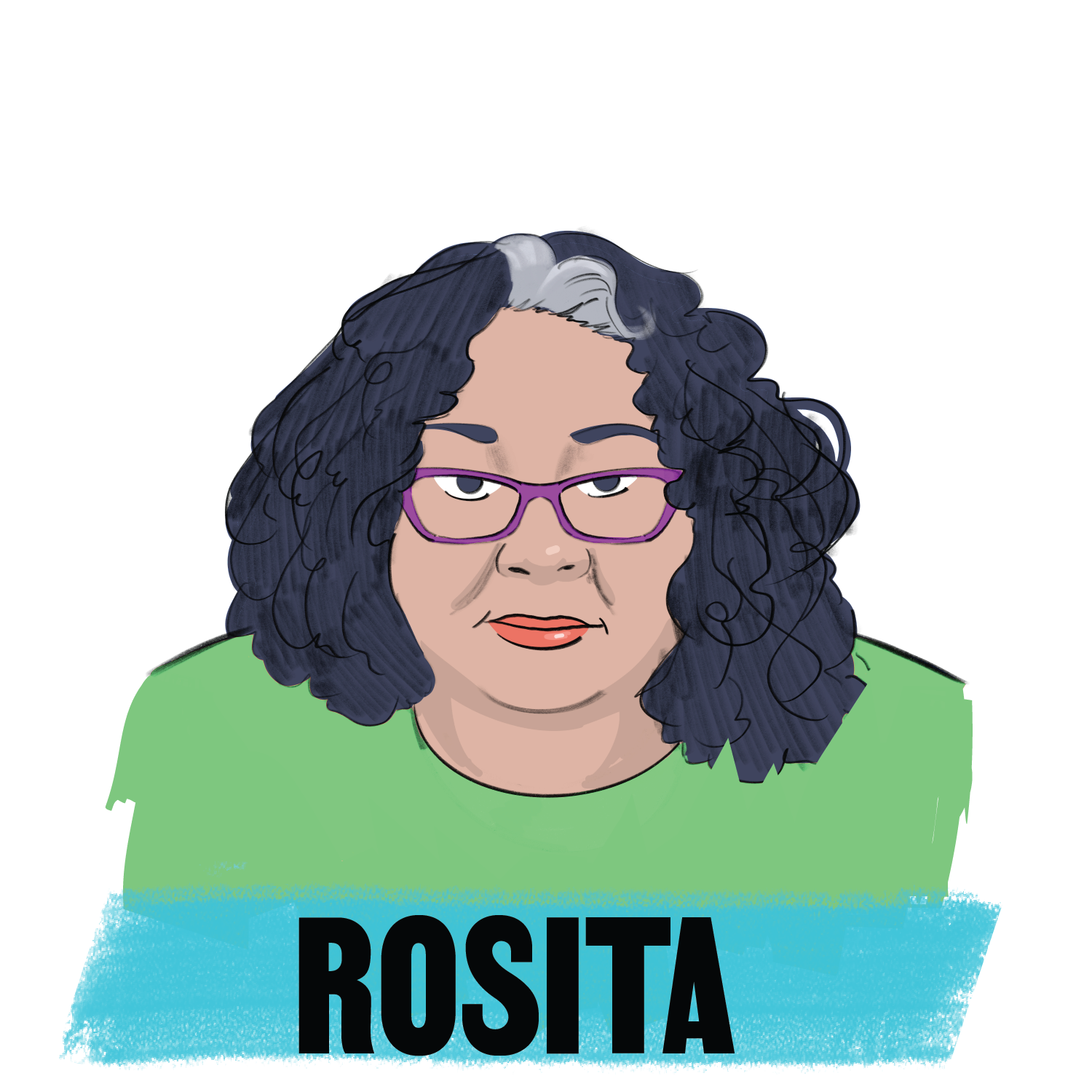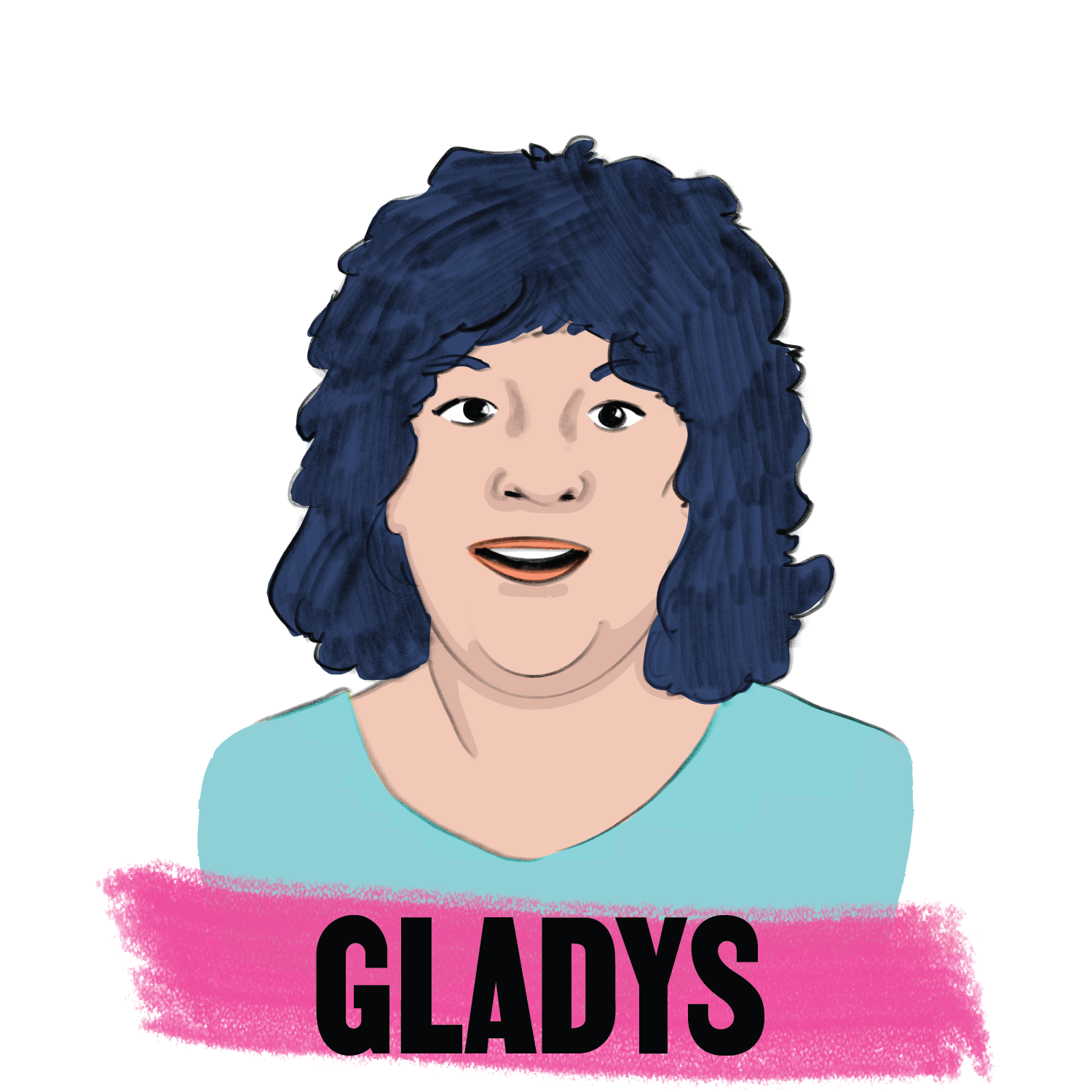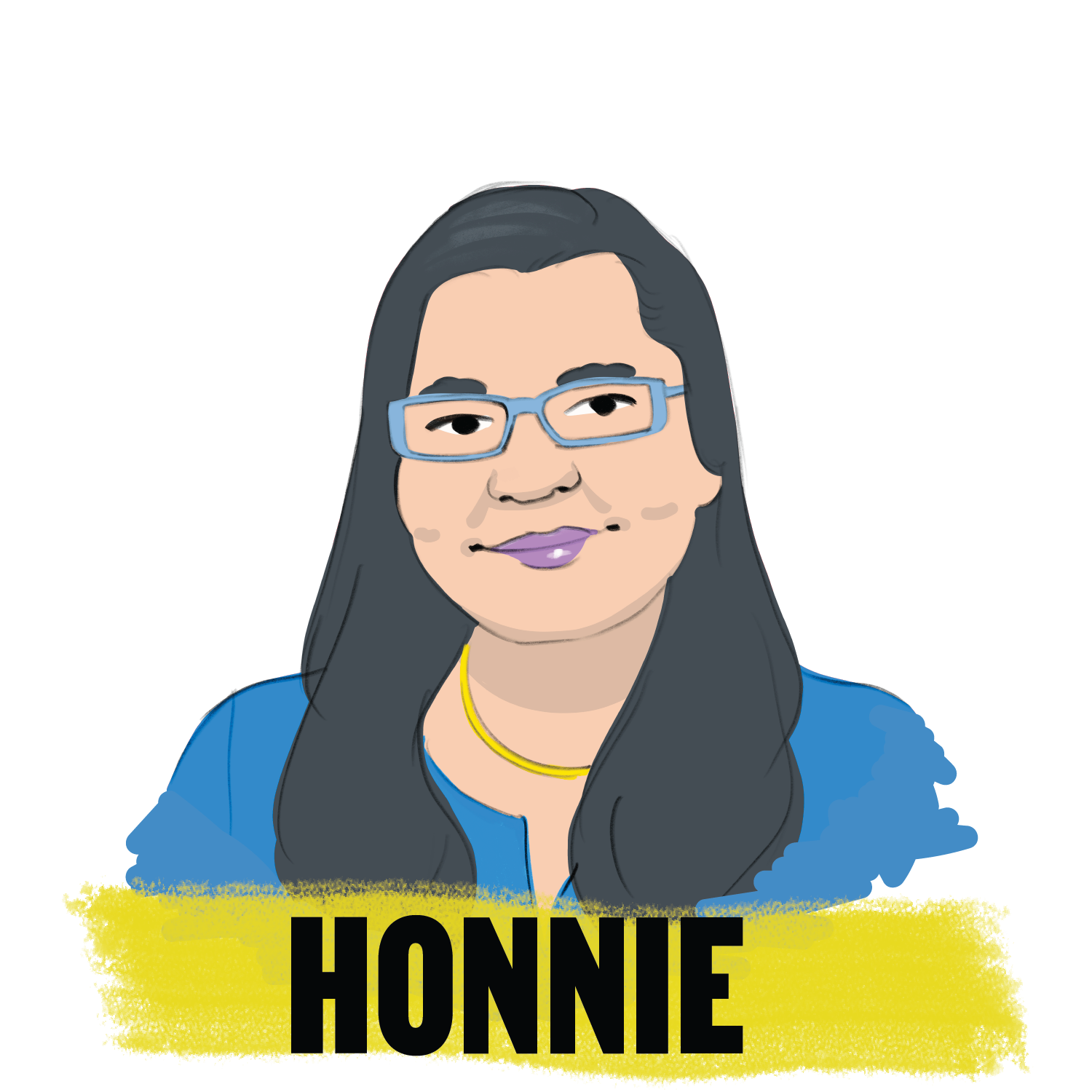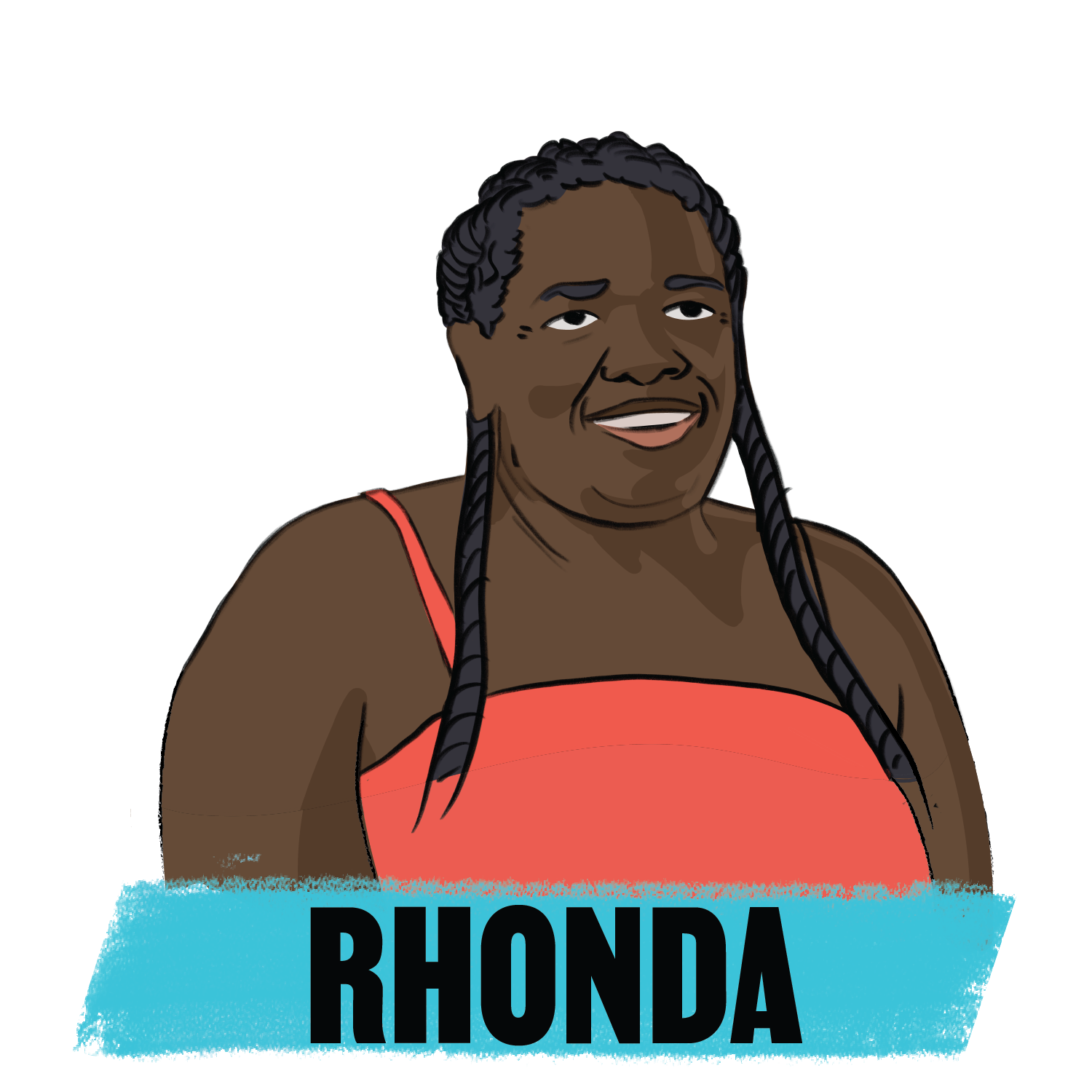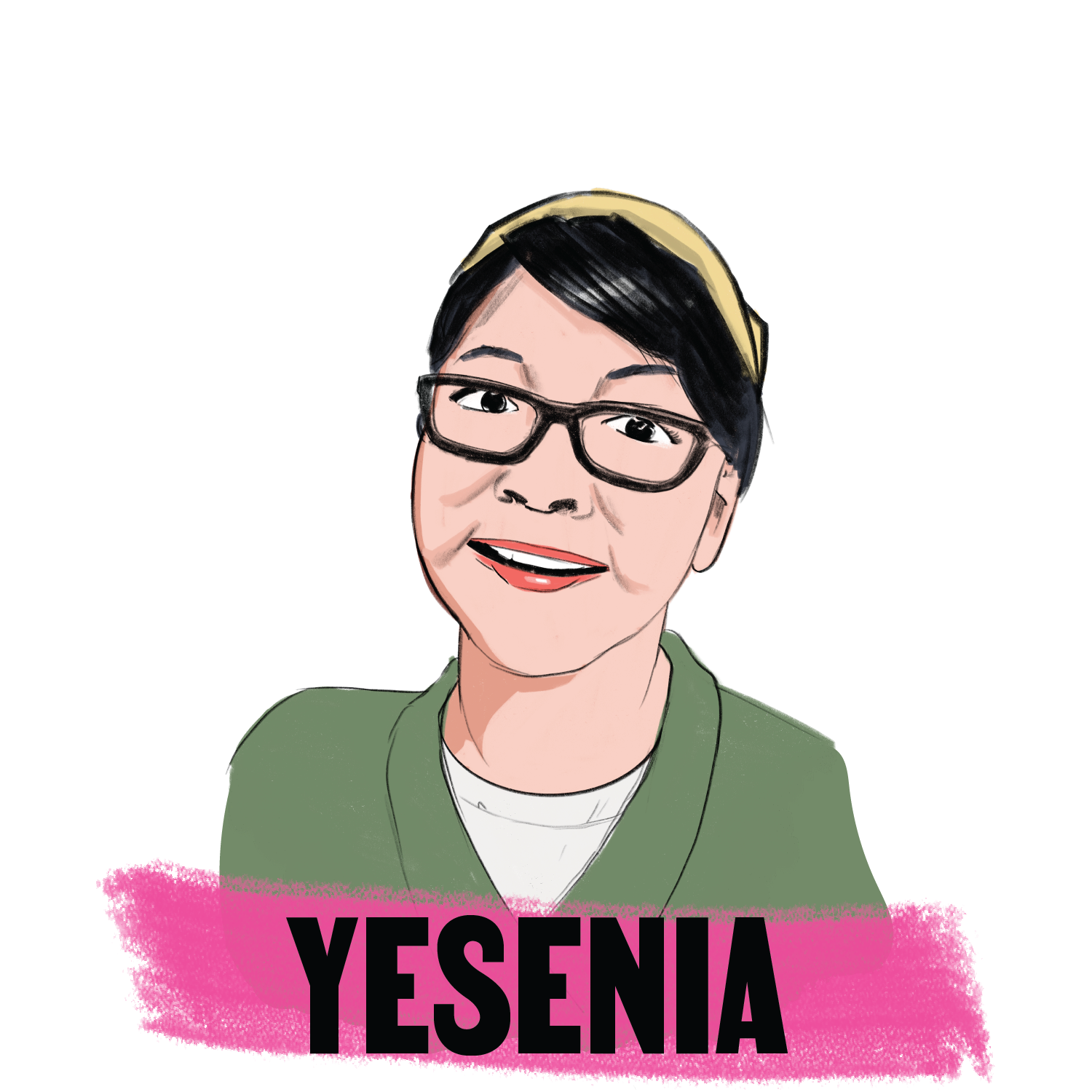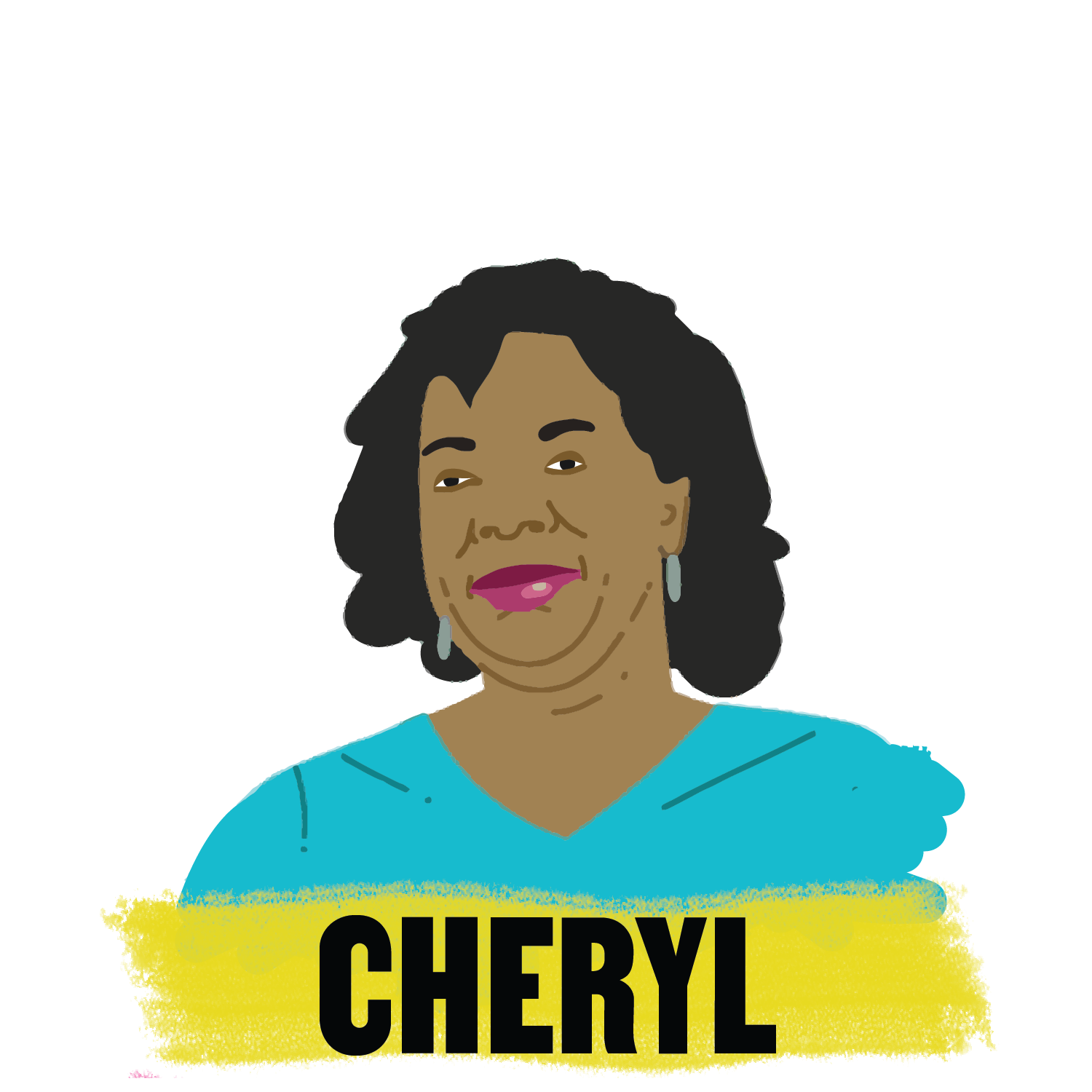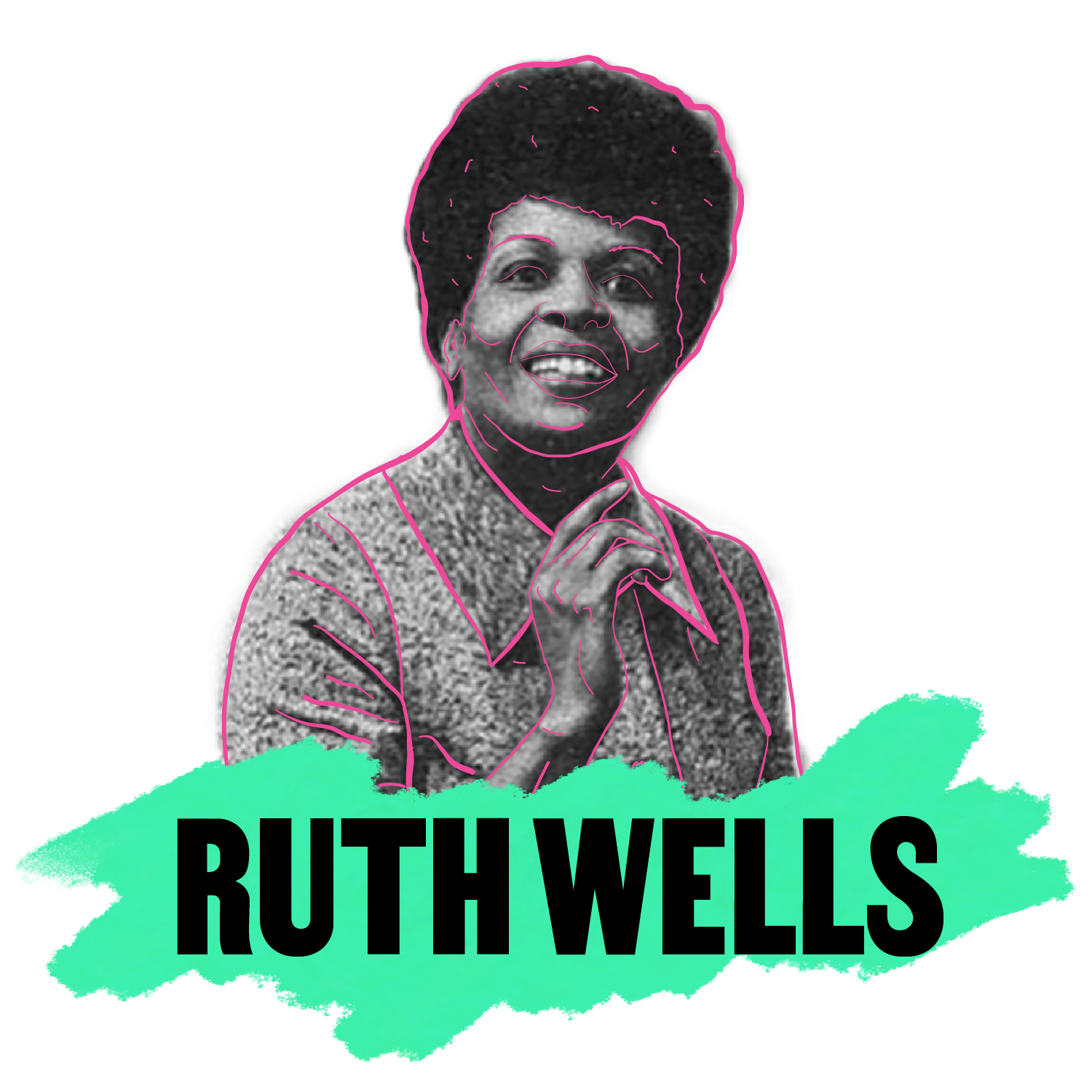Rosita
Rosita grew up in Chicago, surrounded by family members who lived on her block. Today, she and her daughter live in Chicago’s Logan Square neighborhood in a brick “two-flat”, a local term for a two-story building with one apartment unit on each floor. Rosita purchased her home 28 years ago. Built in 1902, her home has a finished basement as well as a yard. In the 28 years that Rosita has lived in her neighborhood, she has seen it go through quite a few changes. This type of displacement that Rosita has witnessed is also known as gentrification. Gentrification is the process of changing the character of a neighborhood, typically through an influx of higher-income residents, businesses, and real estate investment. Neighborhoods that experience gentrification are often occupied by residents of color, and these are the people forced to leave the neighborhood when the cost of living becomes unaffordable. Rosita has been able to keep her home even as her neighborhood gentrifies. In fact, she is just two short years away from fully paying off her mortgage. This is a huge accomplishment considering only about a third of U.S. homes are fully paid off.
Extreme Heat and Access to Air Conditioning
Like many Chicagoans, Rosita and her daughter do not have central air conditioning, so on hot days they struggle to stay comfortable in their home. Only about 30% of single-family homes in Chicago have central AC, compared to 76% of homes nationally. Chicago’s 2- to 4-unit buildings, like the one Rosita lives in, are even less likely to have a central cooling system at only 9%. Because of this, many families are forced to find other ways to stay cool during the summer. As climate change advances, heat waves have been growing in both number and strength. Extreme heat is the number one cause of weather-related deaths in the U.S., even though most of these deaths are preventable. Research has also found that extreme heat disproportionately affects the elderly, people with underlying health conditions, and renters and homeowners with lower incomes. Because Chicago has so many older homes without central air conditioning, the city is in need of upgrades to protect these communities against future extreme heat.
Managing Home Maintenance
When she became a homeowner, Rosita learned a lot about how to manage her home. This included how to do home maintenance and repairs, but also how to manage her mortgage payments and pay her utility bills. However, Rosita understands that knowing how to budget and creating a system for yourself can only go so far. Sometimes basic necessities are simply unaffordable for people.

